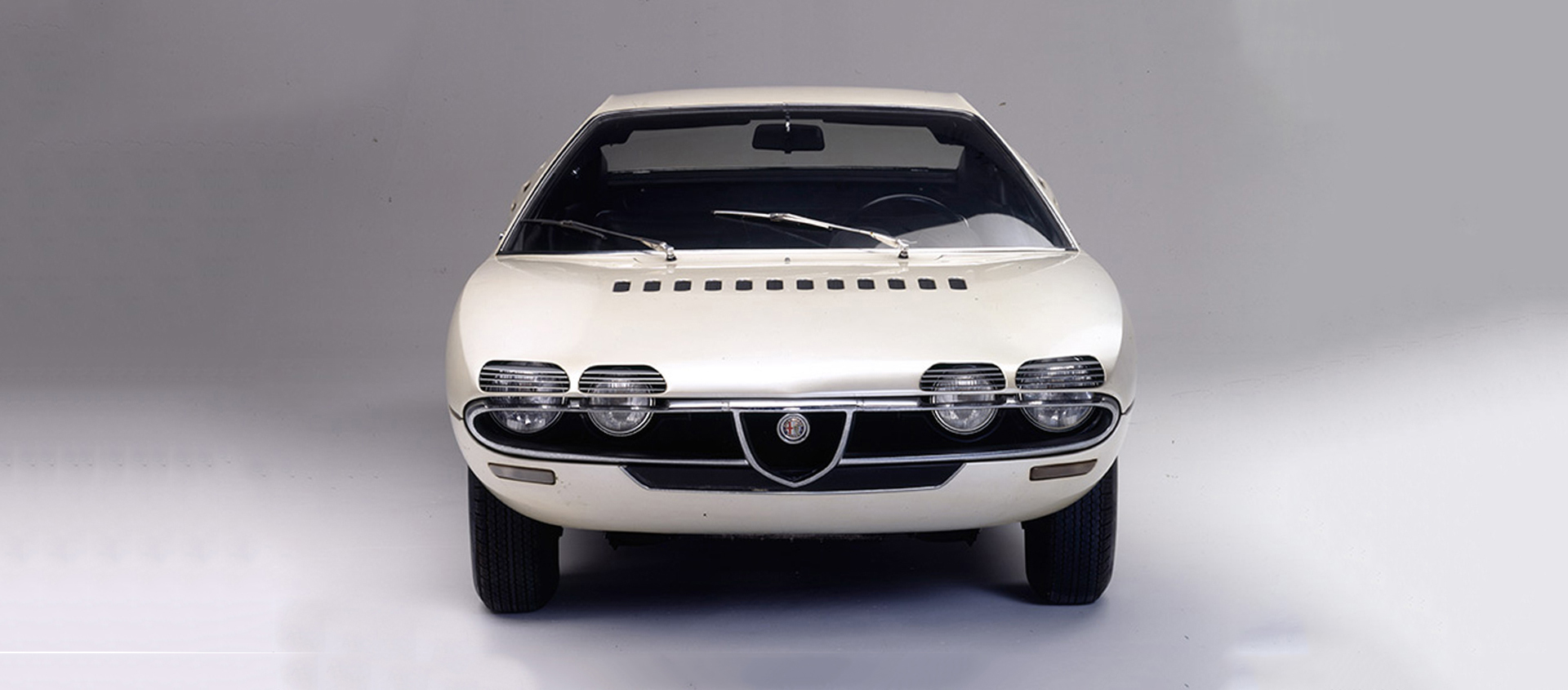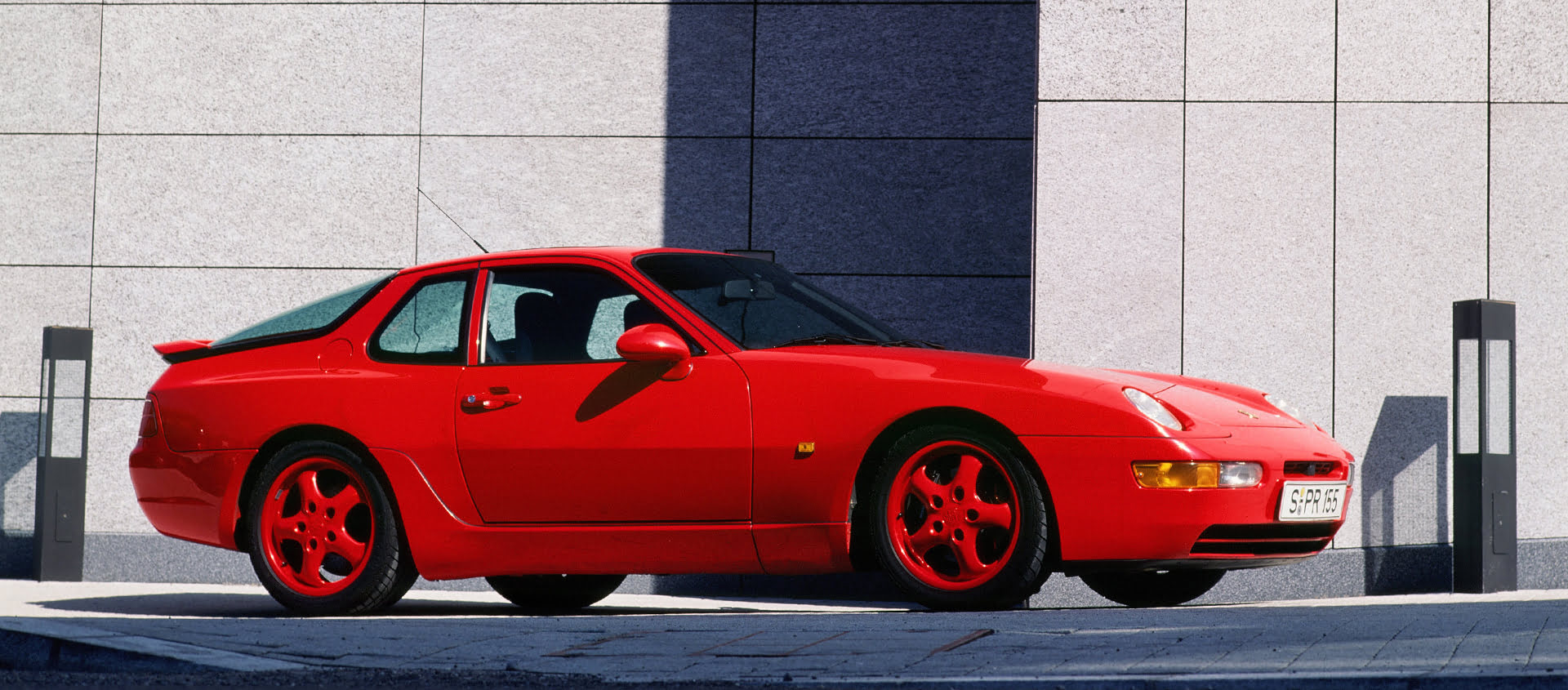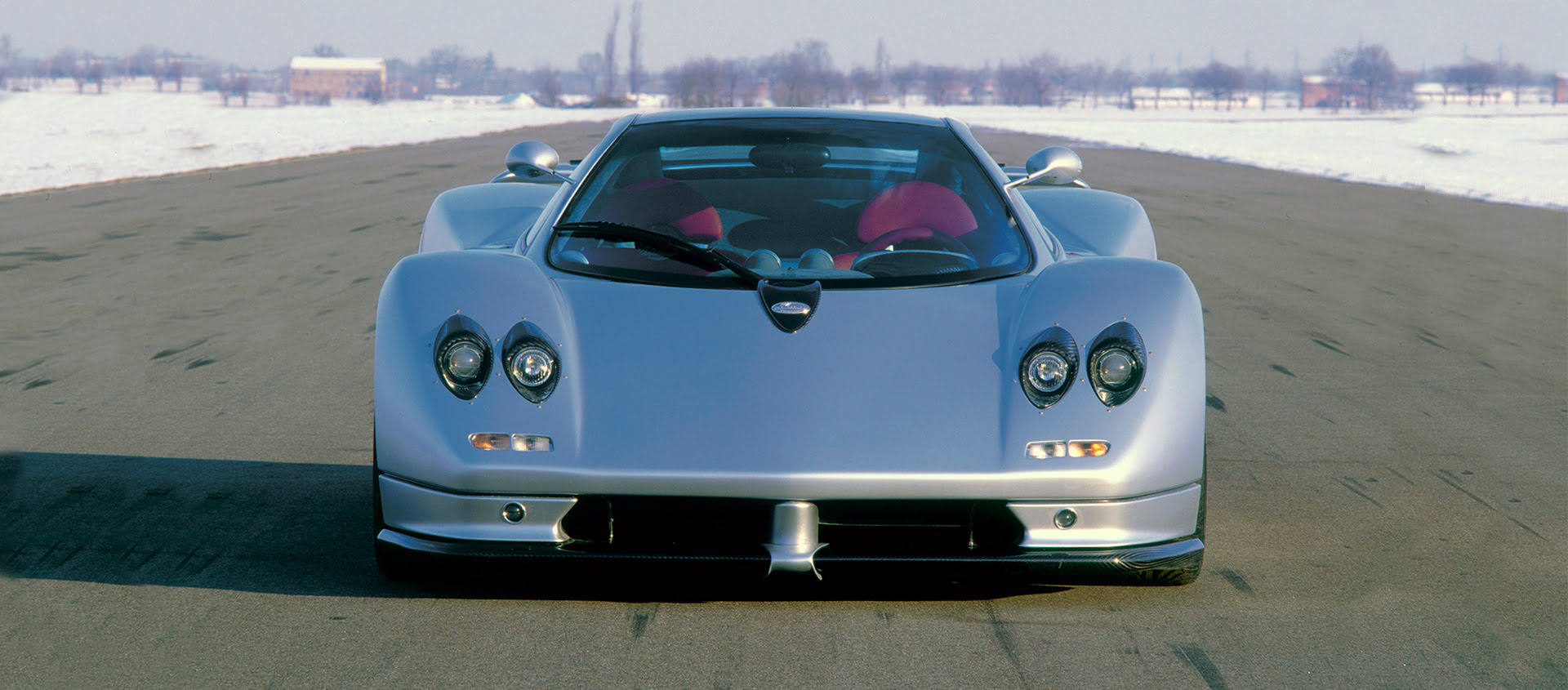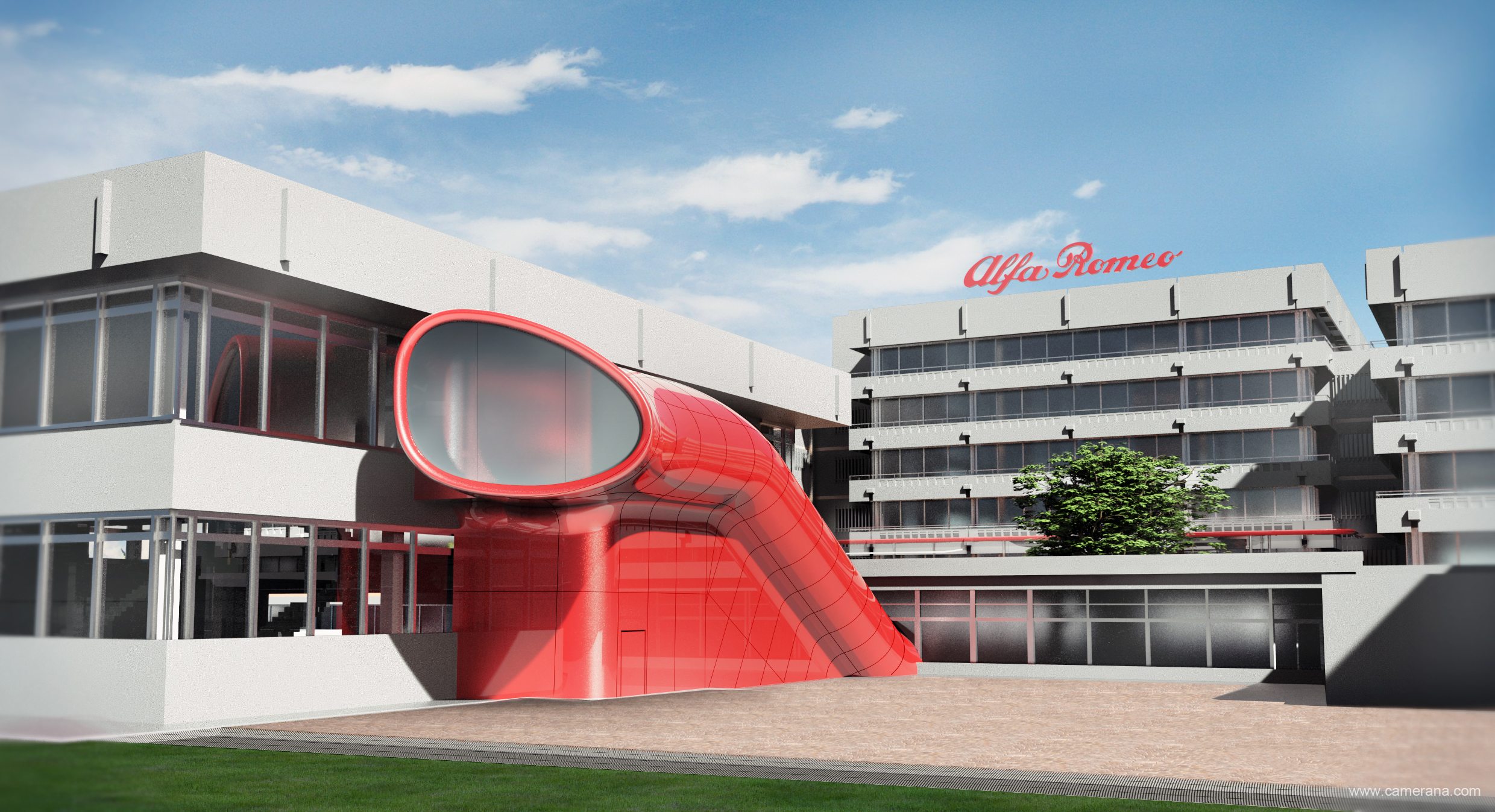I'm racing. No, you're not!
18 June 2020 1 min read 4 images
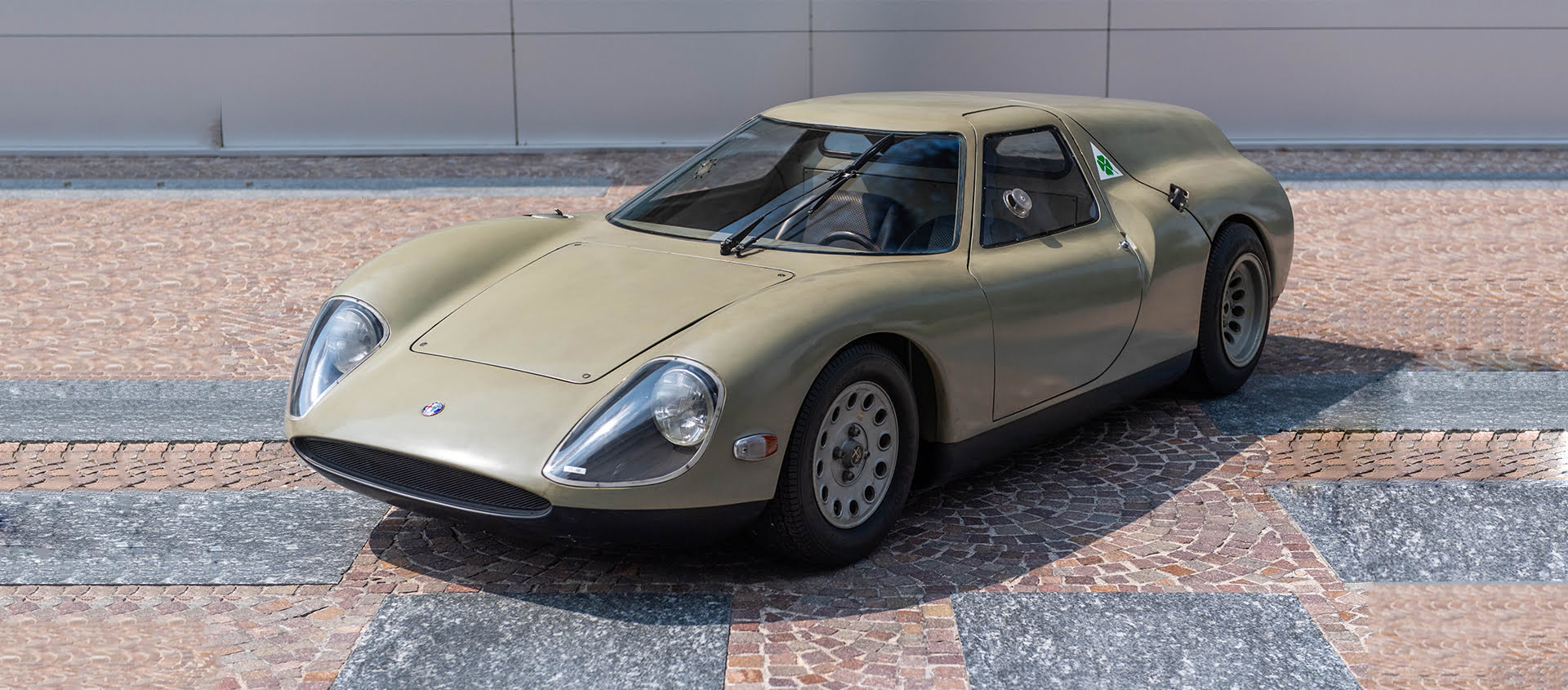
Orazio Satta Puliga and Giuseppe Busso, who headed the Alfa Romeo design team, were studying the creation of a new car to compete in the Sports Prototype Championships and the hillclimbs. The project was based on two principles: an aeronautical-inspired “H” tubular frame, a concept subsequently taken up by the 33, and the driving position mounted as far back as possible, an idea suggested in the 1950s by the famous tester and driver Consalvo Sanesi. According to him, this solution would have given the driver more feeling and a better understanding of the behaviour of the car.
Register to unlock this article
Signing up is free and gives you access to hundreds of articles and additional benefits. See what’s included in your free membership. See what's included in your free membership.
Already have an account? Log In
